Plant vs. Whey Protein. The nutritional supplement landscape is undergoing a seismic shift. For decades, whey protein, a byproduct of cheese manufacturing, has been the undisputed gold standard for athletes, fitness enthusiasts, and those seeking to augment their dietary protein intake. However, the 21st century has witnessed the precipitous rise of plant-based protein sources, driven by environmental concerns, ethical considerations, dietary restrictions, and a growing consumer demand for “clean-label” products. This paradigm shift prompts a critical scientific inquiry: Is plant protein truly better than whey? This article moves beyond marketing hype and tribal allegiances to provide a rigorous, evidence-based comparison. We will dissect the fundamental parameters of protein quality—amino acid profile, digestibility, anabolic potency, and metabolic and environmental impact—to deliver a nuanced conclusion tailored to individual needs and global priorities.
Keywords: Plant Protein, Whey Protein, Protein Quality, PDCAAS, DIAAS, Leucine, Muscle Protein Synthesis (MPS), Sustainability, Bioavailability, Amino Acids, Vegan, Vegetarian, Supplementation.
1. Introduction: The Established King and the Ascendant Challenger
To understand the present debate, we must first acknowledge the biochemical supremacy that established whey protein’s reign. Whey is a milk-derived protein, classified as a complete protein, meaning it contains all nine essential amino acids (EAAs) that the human body cannot synthesize de novo. Its dominance is rooted in two key characteristics: a high concentration of branched-chain amino acids (BCAAs), particularly leucine, and rapid digestibility.
Leucine is not merely a building block; it acts as a critical signaling molecule, a primary activator of the mTOR pathway, which is the master regulator of muscle protein synthesis (MPS). The rapid influx of amino acids from whey creates a pronounced spike in blood amino acid levels, leading to a robust and efficient stimulation of MPS. This “anabolic trigger” is well-documented in sports nutrition literature, making whey the go-to choice for post-exercise recovery.
Conversely, plant proteins have historically been marginalized as “inferior.” This perception stemmed from their classification as incomplete proteins (lacking one or more EAAs) and concerns over lower digestibility due to antinutritional factors like phytates and tannins. However, this view is now recognized as overly simplistic. Modern food science and agricultural processing have enabled the creation of sophisticated plant protein blends that rival the amino acid profiles of animal proteins. The driving forces behind plant protein’s rise are multifaceted:
- Health & Wellness: Associations with reduced risk of chronic diseases.
- Sustainability: A significantly lower environmental footprint compared to animal agriculture.
- Ethics: Alignment with vegan and vegetarian lifestyles.
- Allergenicity: A solution for those with lactose intolerance or dairy allergies.
This article will systematically evaluate these two protein classes across critical scientific and ethical dimensions.
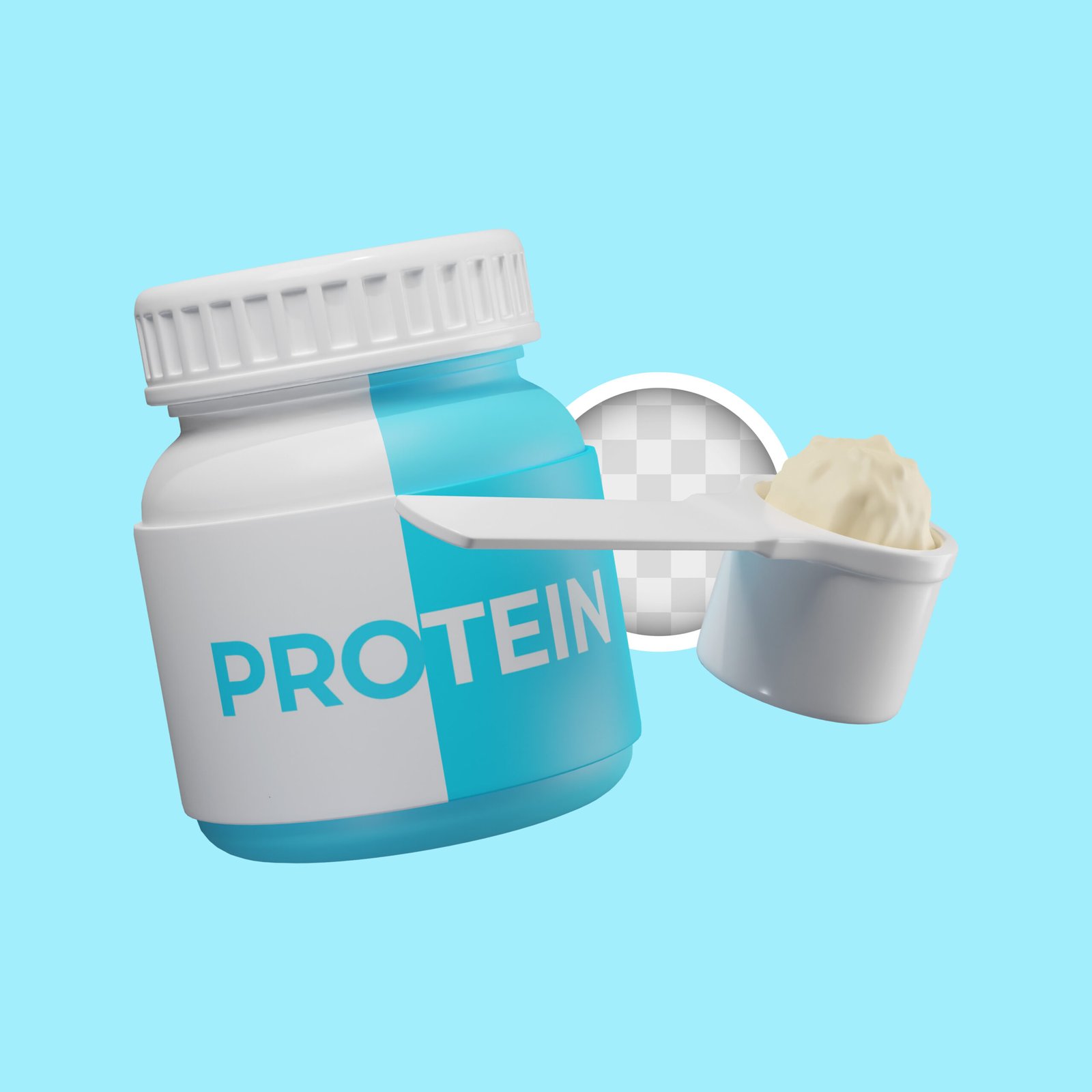
2. The Fundamental Metric: Assessing Protein Quality
Comparing proteins requires a standardized metric for “quality.” Historically, the Protein Digestibility Corrected Amino Acid Score (PDCAAS) has been the FAO/WHO benchmark. It evaluates protein quality based on human amino acid requirements and fecal digestibility. Whey protein isolate typically scores a perfect 1.0 on the PDCAAS scale, as does soy protein isolate. Other plant proteins, such as pea (0.89) or wheat (0.42), score lower.
However, the scientific community is increasingly adopting a more advanced metric: the Digestible Indispensable Amino Acid Score (DIAAS). The DIAAS is considered superior because it uses ileal digestibility (absorption at the end of the small intestine) rather than fecal digestibility, providing a more accurate picture of actual amino acid uptake. Under DIAAS, the differences become more pronounced. Whey protein often scores above 1.0 (sometimes up to 1.09), indicating it provides more than the required amount of digestible EAAs. High-quality plant blends can approach 1.0, but single-source plant proteins generally score lower.
Key Takeaway: Whey protein holds a slight but measurable advantage in standardized protein quality scores due to its superior digestibility and complete EAA profile. However, this gap can be effectively closed by blending complementary plant proteins (e.g., rice and pea) to create a complete amino acid profile.
3. The Anabolic Response: Muscle Protein Synthesis in Focus
This is the crux of the debate for athletes. The primary goal of protein supplementation in a fitness context is to maximize MPS. Dozens of acute, laboratory-based studies have consistently shown that whey protein stimulates a higher peak in MPS post-exercise compared to equivalent doses of single-source plant proteins like soy or wheat.
The reasons are clear:
- Leucine Threshold: There is a well-established “leucine threshold” of approximately 2-3 grams needed to optimally trigger MPS. Whey protein is naturally rich in leucine (about 10-11% of its protein content), making it easy to hit this threshold with a standard 20-25g serving. Most single plant sources are lower in leucine (e.g., pea protein is ~8%). Therefore, a larger serving of a single plant protein may be required to achieve the same leucine-mediated effect.
- Digestion Kinetics: Whey is a “fast” protein, leading to a rapid hyperaminoacidemia (elevated blood amino acids). This swift delivery is highly effective for post-workout recovery.
However, the long-term clinical trial data tells a more nuanced story. When total protein intake is adequate over weeks and months, and especially when plant protein sources are combined (e.g., rice and pea protein, which together provide a robust EAA profile), the differences in lean mass gains between whey and plant protein consumers often become statistically insignificant.
A 2021 meta-analysis published in the International Journal of Sport Nutrition and Exercise Metabolism concluded that “soy protein produces similar gains in strength and muscle size as whey protein in response to resistance training.” Furthermore, research on blended plant proteins is showing comparable efficacy to whey in promoting muscle adaptations over training periods.
Key Takeaway: In acute, single-dose scenarios, whey protein has a superior anabolic effect. For long-term muscle building, provided total daily protein and leucine intake are sufficient, high-quality plant protein blends can produce equivalent results.
4. The Health and Metabolic Frontier: Beyond Muscle
The conversation must extend beyond the gym. The metabolic and health impacts of protein sources are critical for the general population.
- Cardiometabolic Health: Diets high in animal protein, particularly red and processed meat, have been associated with increased risks of cardiovascular disease in some observational studies. Plant-based diets, rich in legumes, nuts, and seeds, are consistently correlated with improved lipid profiles, lower blood pressure, and reduced incidence of type 2 diabetes. Plant proteins come packaged with fiber, polyphenols, and antioxidants, which contribute to these benefits. Whey protein itself has been shown to improve satiety and glycemic control, but the overall dietary pattern favoring plants is strongly linked to long-term health.
- Gut Health: This is a major point of divergence. Whey protein, especially concentrate containing lactose, can cause gastrointestinal distress in lactose-intolerant individuals. Plant proteins, particularly when less processed, contain prebiotic fibers that serve as fuel for beneficial gut microbiota. A diverse gut microbiome is increasingly understood to be vital for immune function, mental health, and overall well-being. However, some individuals may experience bloating from certain plant fibers or antinutritional factors.
- Allergenicity: Whey is a dairy product, making it unsuitable for those with milk allergies or lactose intolerance. Plant proteins offer a vital alternative, with soy being a common allergen itself. Options like pea, rice, hemp, and pumpkin seed proteins provide a wide range of non-allergenic choices for sensitive individuals.
Related Products
-
Allmax Nutrition FiberBiotix
Original price was: $24.99.$18.99Current price is: $18.99. -
Alpha Lion Mass Monster Stack
Original price was: $268.41.$169.99Current price is: $169.99. -
Anabol PM Nighttime Muscle Builder and Sleep Aid Anabolic Muscle Building Supplement
Original price was: $39.49.$31.59Current price is: $31.59. -
Ancient Nutrition Whey Protein + Fat Loss Blend
$59.95
5. The Indisputable Divide: Environmental Impact
This is arguably the most significant driver of plant protein’s rise and the area where the data is most unequivocal. The environmental footprint of animal agriculture versus plant cultivation is staggering.
- Greenhouse Gas Emissions: According to a seminal 2018 study in Science, producing whey protein (via dairy farming) generates vastly higher GHG emissions—up to 10-50 times more per gram of protein—than plant sources like peas or soy.
- Land Use: Dairy farming requires immense land areas for grazing and growing feed. Plant protein production is far more land-efficient. Shifting from animal to plant proteins could reduce global agricultural land use by more than 75%.
- Water Usage: The water footprint of whey is substantially higher. It takes approximately 1,000 liters of water to produce one liter of milk, a resource cost that is orders of magnitude greater than for pulses like lentils or peas.
For the environmentally conscious consumer, the choice is clear. Plant protein offers a path to dramatically reduce one’s personal carbon, land, and water footprint.
6. Practical Application: Making an Informed Choice
So, is plant protein better than whey? The answer is: It depends on your priorities.
Choose WHEY Protein if:
- Your Primary Goal is Peak Athletic Performance: If you are a competitive athlete seeking the most potent, fast-acting protein for immediate post-workout recovery, whey isolate remains the benchmark.
- You Tolerate Dairy Well: If you have no issues with lactose or dairy, whey is a highly efficient and cost-effective option.
- You Prioritize Leucine Content per Serving: For those struggling to meet protein needs or the elderly who need a potent anabolic stimulus, whey’s high leucine density is advantageous.
Choose PLANT Protein if:
- Sustainability is a Core Value: If minimizing your environmental impact is a primary concern, plant protein is the unequivocal choice.
- You Follow a Vegan or Vegetarian Diet: This is the only option aligned with these ethical frameworks.
- You Have Lactose Intolerance or a Milk Allergy: Plant proteins provide a gut-friendly alternative.
- You Seek Holistic Health Benefits: The fiber, phytonutrients, and association with long-term cardiometabolic health make plant proteins advantageous for general wellness.
- You Prefer “Clean-Label” Products: Many consumers gravitate towards plant-based ingredients perceived as more natural.
The Hybrid Approach: There is no rule stating you must choose one exclusively. Many individuals successfully incorporate both, using whey post-workout and plant protein at other times of the day. The most important factor for muscle health and metabolic function is meeting your total daily protein target (generally 1.2-2.0g/kg of body weight, depending on activity level).
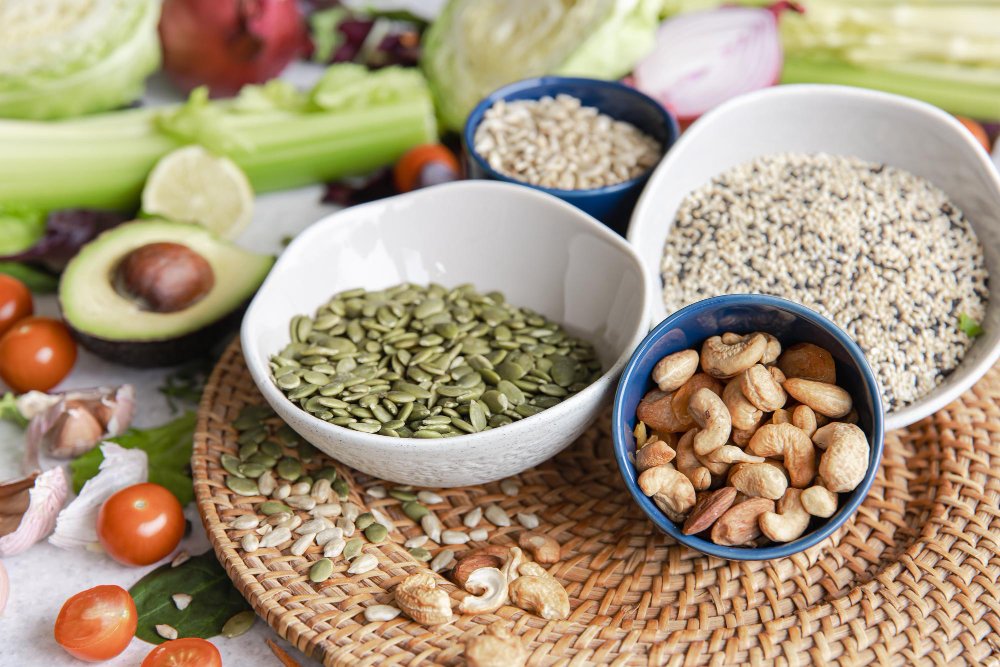
7. Conclusion: A New, Nuanced Paradigm
The rise of plant protein is not a fleeting trend but a fundamental realignment of consumer and scientific understanding. The outdated notion of plant protein as “inferior” has been dismantled by advances in nutritional science and food technology.
While whey protein retains a slight edge in acute anabolic potency due to its rapid digestion and superior leucine content, this advantage diminishes in long-term, real-world scenarios where total dietary protein is sufficient. The health and environmental arguments for plant-based proteins are powerful and increasingly supported by robust evidence.
The final verdict is not about crowning a single winner, but about empowering informed choice. The “better” protein is the one that aligns with your individual health goals, ethical beliefs, dietary tolerances, and environmental values. For the athlete focused solely on maximal acute recovery, whey may still be optimal. For the globally-conscious consumer seeking long-term health and planetary sustainability, plant protein is decidedly superior. The future of protein supplementation is not a binary battle, but a diverse ecosystem where both have a vital role to play in supporting human health and the health of our planet.
References:
Berrazaga, I., et al. (2019). The Role of the Anabolic Properties of Plant- versus Animal-Based Protein Sources in Supporting Muscle Mass Maintenance: A Critical Review. Nutrients.
Gorissen, S. H., & Witard, O. C. (2018). Characterising the muscle anabolic potential of dairy, meat and plant-based protein sources in older adults. Proceedings of the Nutrition Society.
Van Vliet, S., Burd, N. A., & van Loon, L. J. (2015). The Skeletal Muscle Anabolic Response to Plant- versus Animal-Based Protein Consumption. The Journal of Nutrition.
Messina, M., Lynch, H., Dickinson, J. M., & Reed, K. E. (2018). No Difference Between the Effects of Supplementing with Soy Protein Versus Animal Protein on Gains in Muscle Mass and Strength in Response to Resistance Exercise. International Journal of Sport Nutrition and Exercise Metabolism.
Poore, J., & Nemecek, T. (2018). Reducing food’s environmental impacts through producers and consumers. Science.
FAO. (2013). Dietary protein quality evaluation in human nutrition. Food and Agriculture Organization of the United Nations.
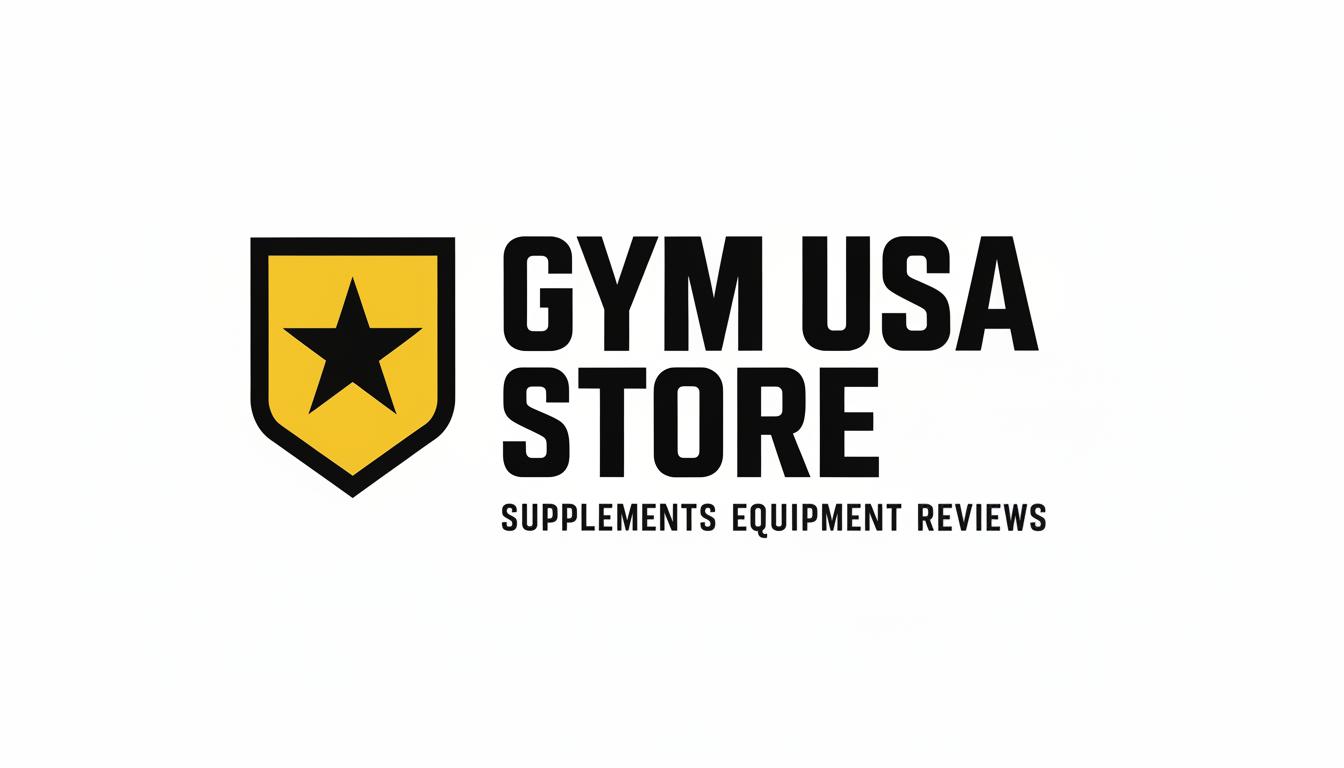
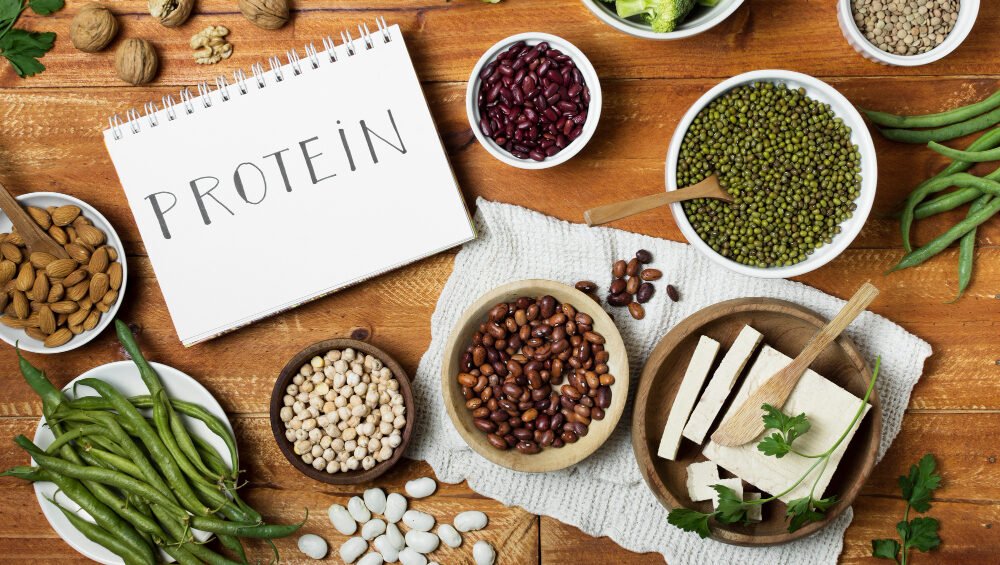
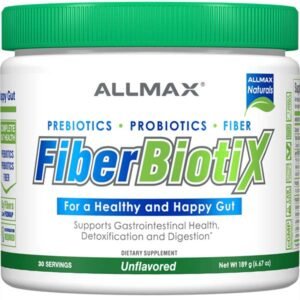
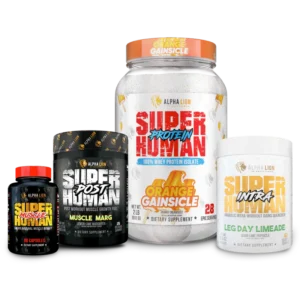

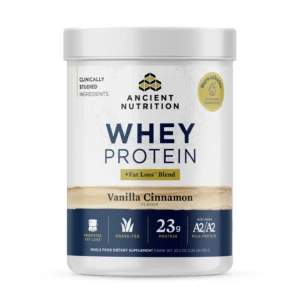
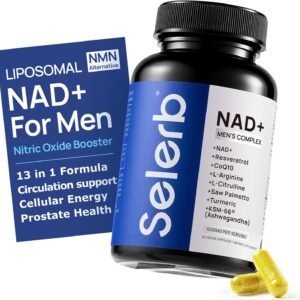
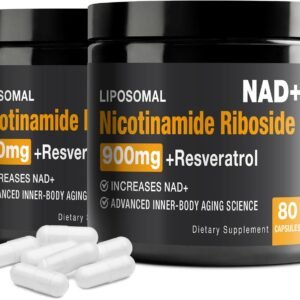
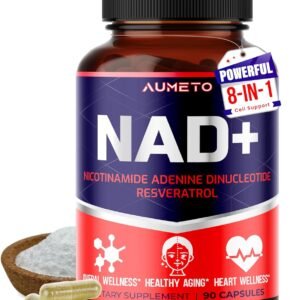

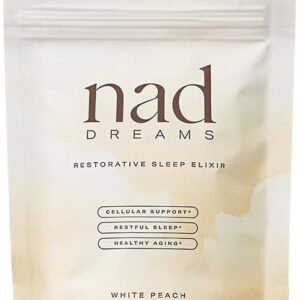
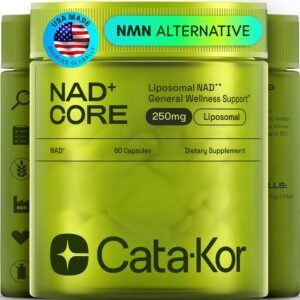
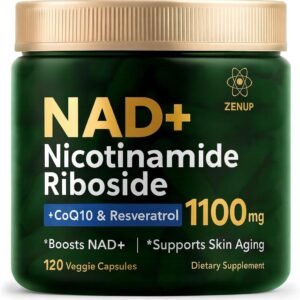
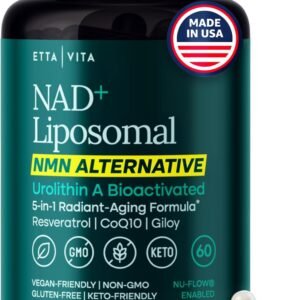



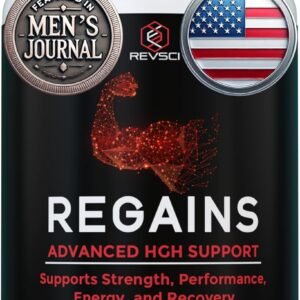

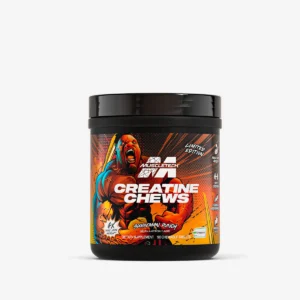






1 Comment
[…] Check also: whey protein vs plant protein […]